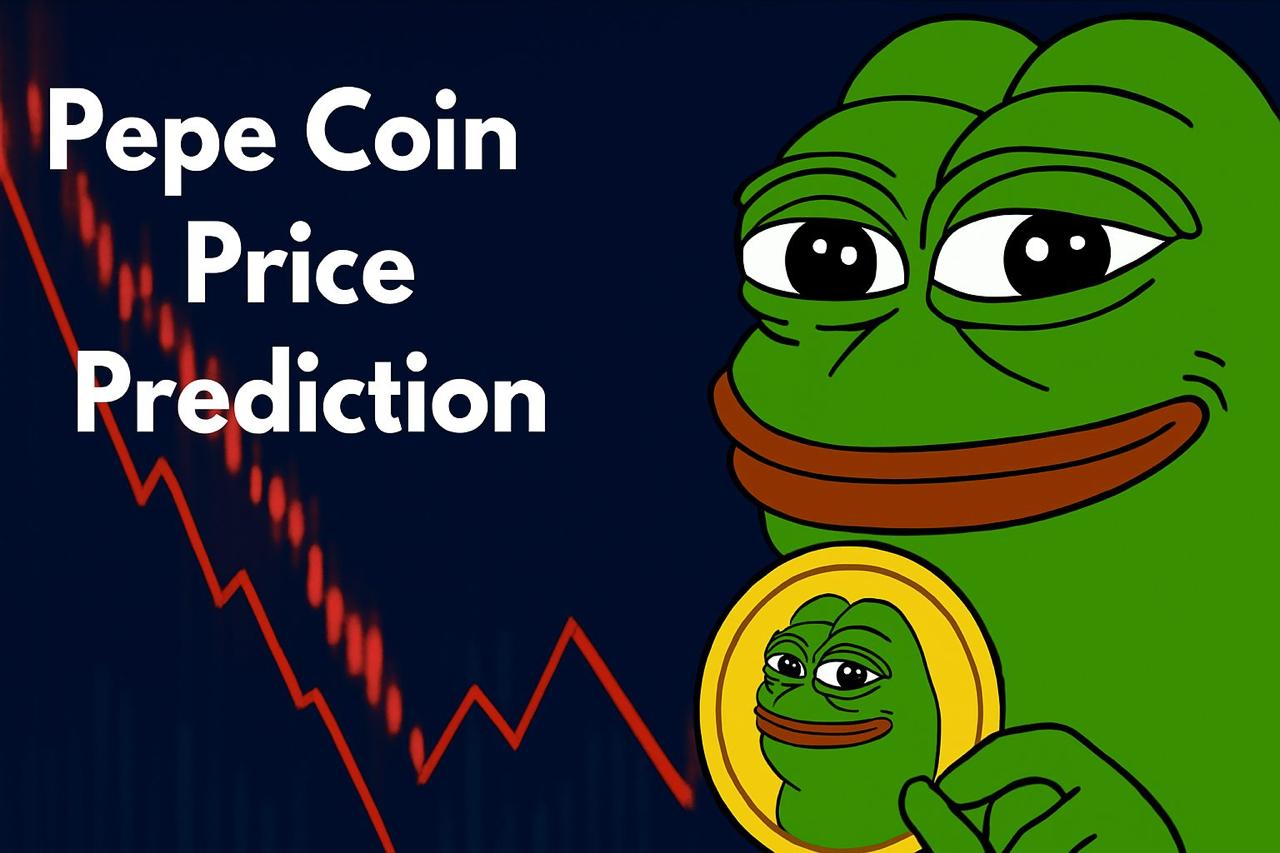SAN FRANCISCO, CALIFORNIA – MARCH 8: Roger Federer stands outside Chase Center as part of the Laver Cup San Francisco Launch for 2025 on March 8, 2024 in San Francisco, California. (Photo by Loren Elliott/Getty Images for Laver Cup)
Getty Images for Laver Cup
The Laver Cup is back in the United States as its eighth edition takes place at the Chase Centre in San Francisco, starting on Friday. Andre Agassi takes the captaincy reins from John McEnroe for Team World, which features top ten stars Taylor Fritz and Alex de Minaur alongside Brazilian wonderkid Joao Fonseca.
Team Europe’s lineup boasts new world No. 1 Carlos Alcaraz and world No. 3 Alexander Zverev, with Casper Ruud and Holger Rune making an impressive front four on the grid. Europe have won the event five times in the seven iterations so far under the watchful eye of Bjorn Borg. The charismatic former French Open champion Yannick Noah skippers the team as Tim Henman comes in as vice-captain.
“I’ve talked to many of the players and they say it’s one of the most fun events to play in, a great event,” said Rune ahead of the Open Practice Day.
The Laver Cup was the brainchild of Roger Federer and his longtime agent Tony Godsick. The original concept was to bring about the best of the past, present and future of tennis in a weekend event that could match the team and individual dynamic of the Ryder Cup.
The singles and fourballs of golf can easily be swapped into tennis terminology as nine singles and three doubles build to a (potentially) thrilling last day of competition with the first to reach 13 points declared the winner. In the Ryder Cup, 14 and a half points are needed to win outright.
Laver Cup CEO Steve Zacks confirmed that tickets for all five sessions had virtually sold out in the 18,000-capacity stadium, with just a few upper-level seats left. Each winning member of the six-man team makes £250,000 in prize money, but the losers don’t go home empty-handed as there is an appearance fee for all based on ranking positions after Roland Garros.
The Ryder Cup has never compensated players from either side since its inception in 1927. However, the PGA of America approved a $5000,000 package for each U.S. participant to represent their country at this year’s venue in Farmingdale. The prestige and honor have always carried the event and made it one of the most competitive, especially since Jack Nicklaus drove the format change to include European players. The Laver Cup has 90 years of catch-up to do.
While golf’s premier team event has more star-studded history and heritage, Federer’s attempt to create a tennis tournament that pits international stars against Europe has had moments in a brief life cycle. In the 2022 London edition, the Swiss great played his last ever competitive match alongside great rival Rafael Nadal at the O2 Arena. Those scenes will live longer in the memory.
In fact, the opening two gambits were superb as Federer had to fend off a youthful Nick Kyrgios to clinch the inaugural 2017 version, while Team World pushed Europe all the way in Chicago a year later.
Team Europe made a thrilling comeback last year, evoking memories of Europe’s Houdini escape on the golf couse at Medinah in 2012. Borg’s team came back from 8-4 down to win 13-11 after Alcaraz defeated Fritz in the singles decider.
However, recent editions have vacillated wildly in scorelines. Europe claimed a 14-1 victory for their fourth straight win in Boston, while Team World returned the favour two years later in Vancouver, romping to a 13-2 win. Novak Djokovic, Daniil Medvedev, and Carlos Alcaraz skipped the event in Canada after exhausting schedules. The lack of depth showed.
Similarly, Ben Shelton, Tommy Paul and Frances Tiafoe have had to pull out of the 2025 Laver Cup. All tournaments need the best players. Alex Michelsen and Reilly Opelka are good journeymen, but there’s a concern that things could go south for Agassi’s side
As the Big Three of Nadal, Federer and Djokovic left the scene to the new stars, the competition needs evolution to cement its importance in the calendar. Anything with Federer attached to its name can make gold out of glitter. McEnroe and Borg stepped into the shadows after Berlin. Agassi still retains that link to the glorious past.
Federer’s image still prevails over the match play. Even before a ball is struck, he has been pictured on the golf course with Alcaraz. A team tennis tournament has to use its best non-playing asset to sell the concept, but when the rest is stripped away, the content needs to be more than competitive socializing.
SAN FRANCISCO, CALIFORNIA – SEPTEMBER 17: (L-R) Carlos Alcaraz of Team Europe and Alexander Zverev of Team Europe embrace during a practice session prior to the start of the Laver Cup 2025 at Chase Center on September 17, 2025 in San Francisco, California. (Photo by Ezra Shaw/Getty Images for Laver Cup)
Getty Images for Laver Cup
One of the few flashpoints was the changeover argument between Gael Monfils and Felix Auger-Aliassime in 2023. Even that was based around accusations the Frenchman wasn’t taking things seriously enough.
“We hate to lose to the rest of the world. Maybe you don’t see that, but I think you can see that if you understand that kind of a thing,” said Borg. The team element is a refreshing change from the oppressive singularity of the ATP tour.
The Ryder Cup tees off next Friday at Bethpage. If the Laver Cup can produce the equivalent of an 18th hole finish, it will be more than just a warm-up act.
Source: https://www.forbes.com/sites/timellis/2025/09/18/is-the-laver-cup-a-sanitized–tennis-version-of-the-ryder-cup/


